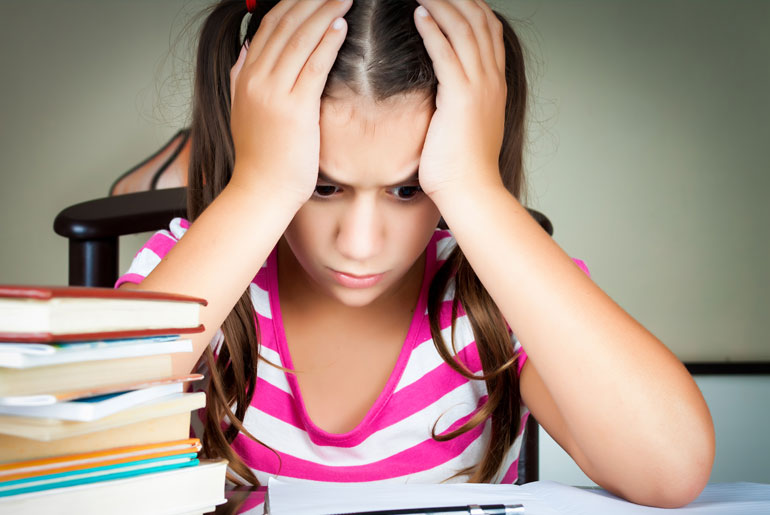Emmylou Antonieth Seaman’s statement highlights that individuals who grow up in dysfunctional homes with pervasive negative thinking often carry these harmful thought patterns into adulthood. While occasional unhealthy thinking is normal, those who have experienced childhood trauma may exhibit these patterns in their most extreme forms, making them particularly challenging to identify and modify. These distorted thought patterns, known as cognitive distortions, are biased perspectives that can develop as a result of early trauma, becoming deeply ingrained over time. Consequently, breaking free from these entrenched negative thought patterns can be a formidable task, with potential repercussions for an individual’s mental health and overall well-being.
Addressing the nature of the distorted thoughts and how they can negatively impact us, the Therapist further attached, “Their subtle nature makes them particularly damaging, as we may not realize they need to be addressed in order to promote healing and growth. While it may initially be difficult, it can be beneficial to identify positive examples within situations where you tend to use cognitive distortions, especially when dealing with childhood trauma.”
- All or Nothing Thinking: People who have experienced childhood negativity often struggle with seeing shades of gray in situations. They tend to view things in binary terms, where something is either all good or all bad. This can lead to frustration and an inability to appreciate the complexities of life.
- Overgeneralization: Individuals who grew up in negative environments may tend to generalize their experiences. If something negative happened in the past, they might assume that it will always be that way in the future. This can result in a limited perspective and missed opportunities for positive experiences.
- Mental Filter: Childhood negativity can cause individuals to focus disproportionately on the negative aspects of life while filtering out positive aspects. This can lead to a distorted perception of reality, where one only sees the bad and ignores the good.
- Personalization: People who have experienced childhood negativity may develop a strong sense of responsibility for everything that goes wrong in their lives. They tend to blame themselves for conflicts, problems in relationships, or other adverse events, even when they are not directly responsible.
- Catastrophizing: Catastrophizing involves always assuming the worst possible outcome in any situation. This negative thinking pattern can lead to heightened anxiety and stress, as individuals constantly anticipate the worst-case scenario.
It’s important to recognize these cognitive distortions and their origins in childhood negativity. Addressing and challenging these distorted thought patterns through therapy, self-reflection, and cognitive-behavioral techniques can be essential in breaking free from the grip of childhood negativity and fostering a more balanced and positive mindset in adulthood.
Disclaimer:
The information contained in this article is for educational and informational purposes only and is not intended as a health advice. We would ask you to consult a qualified professional or medical expert to gain additional knowledge before you choose to consume any product or perform any exercise.







